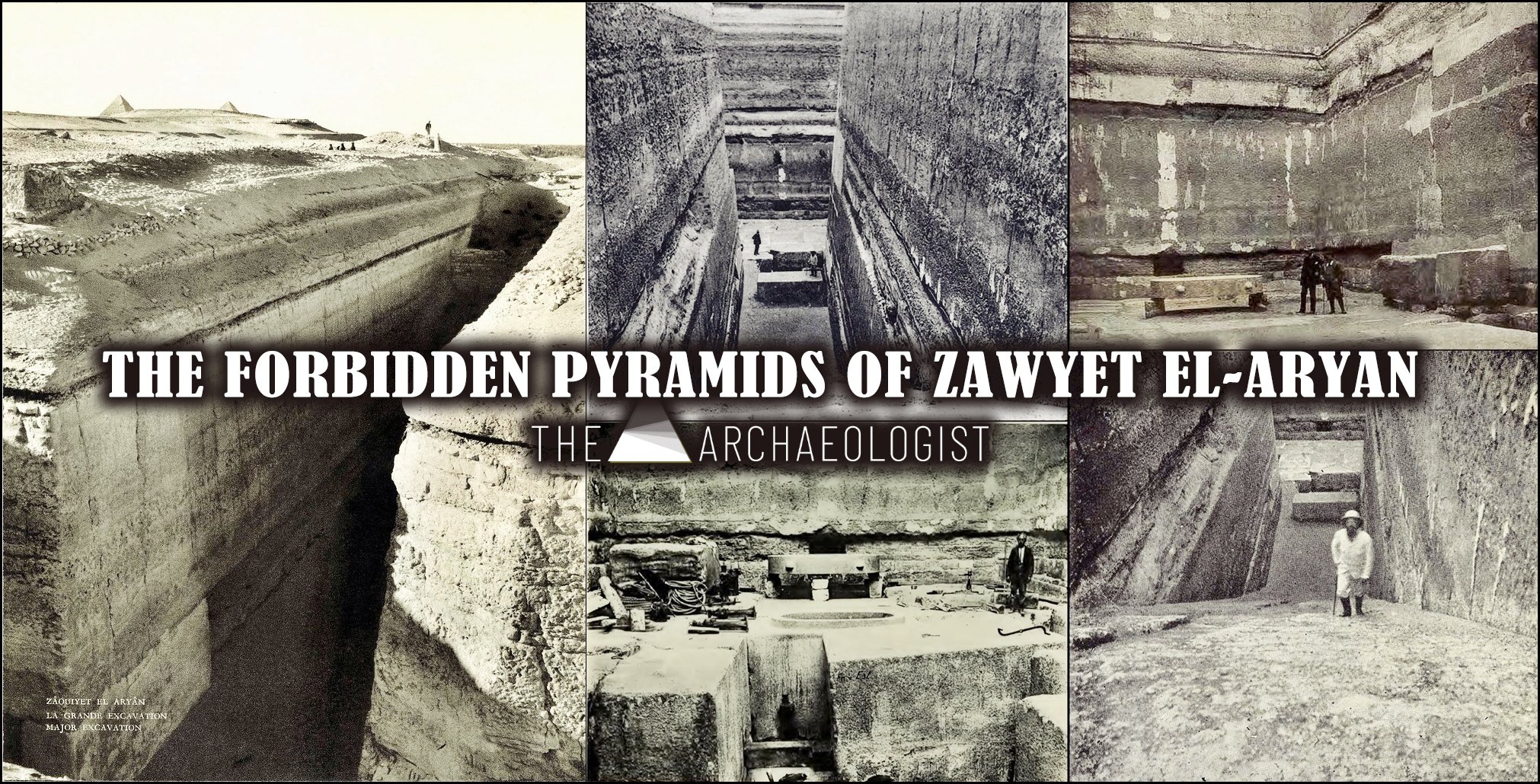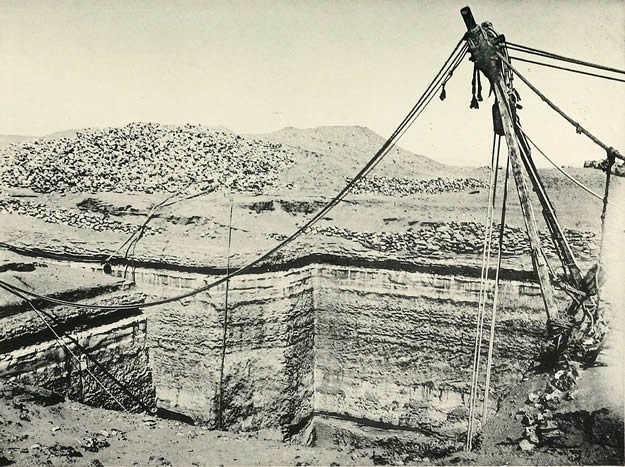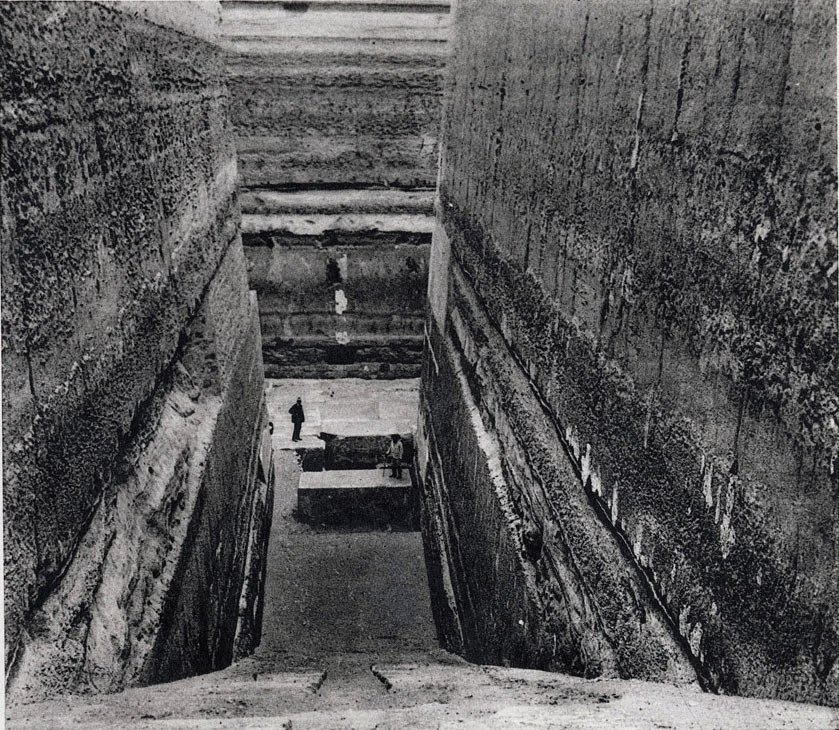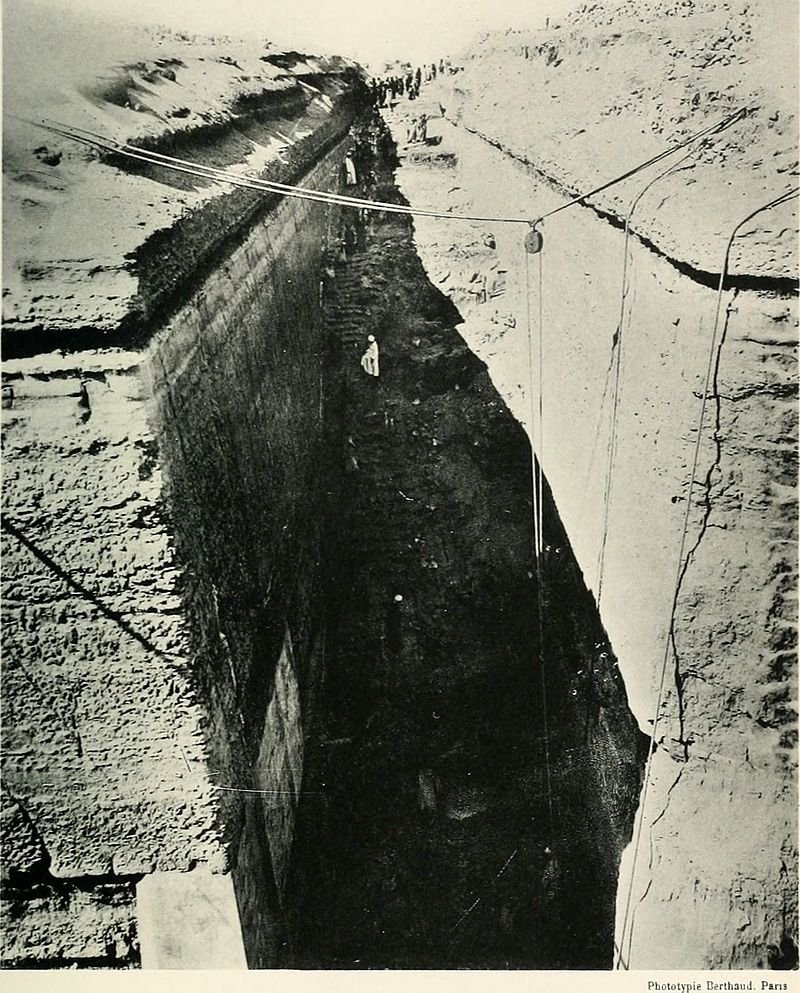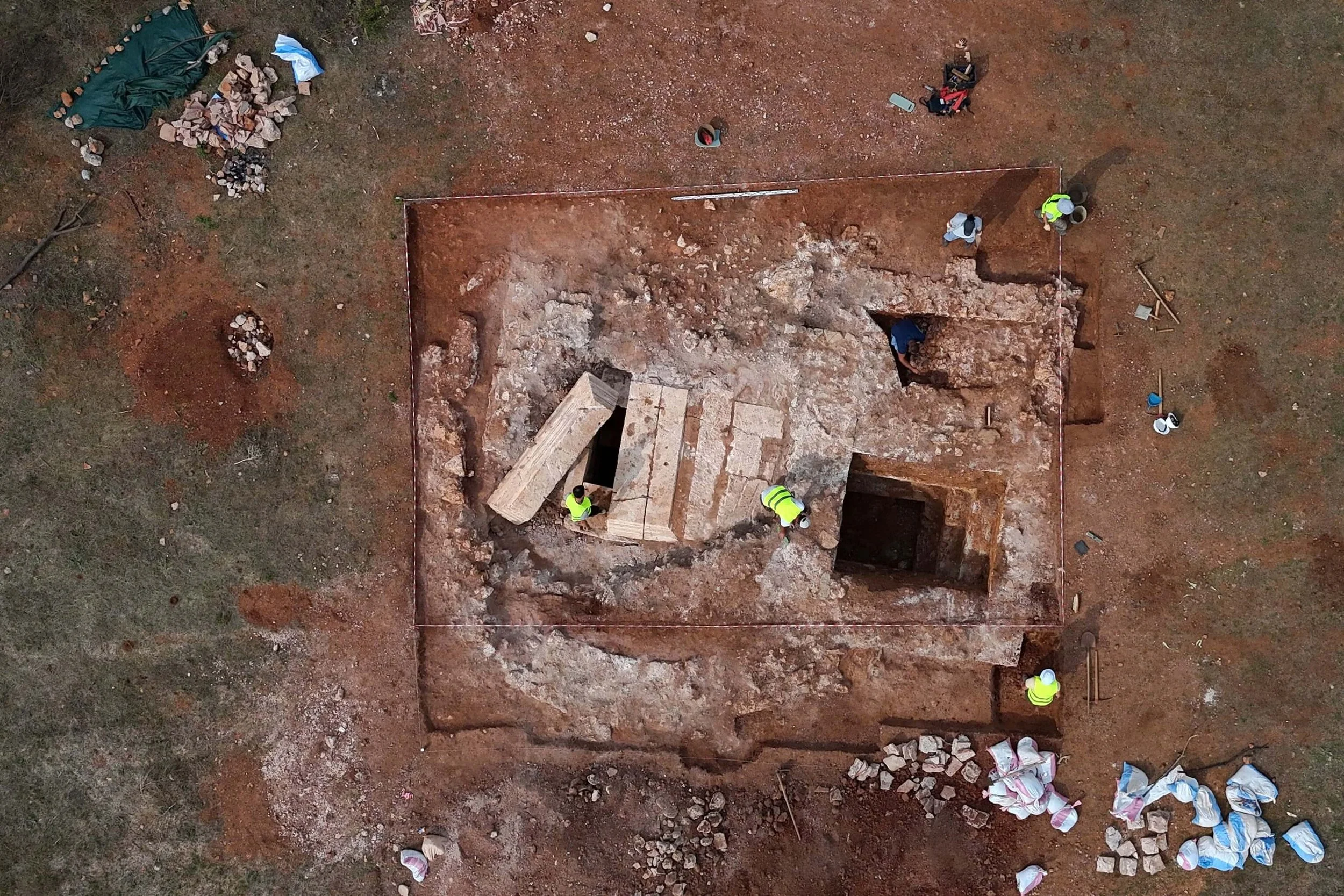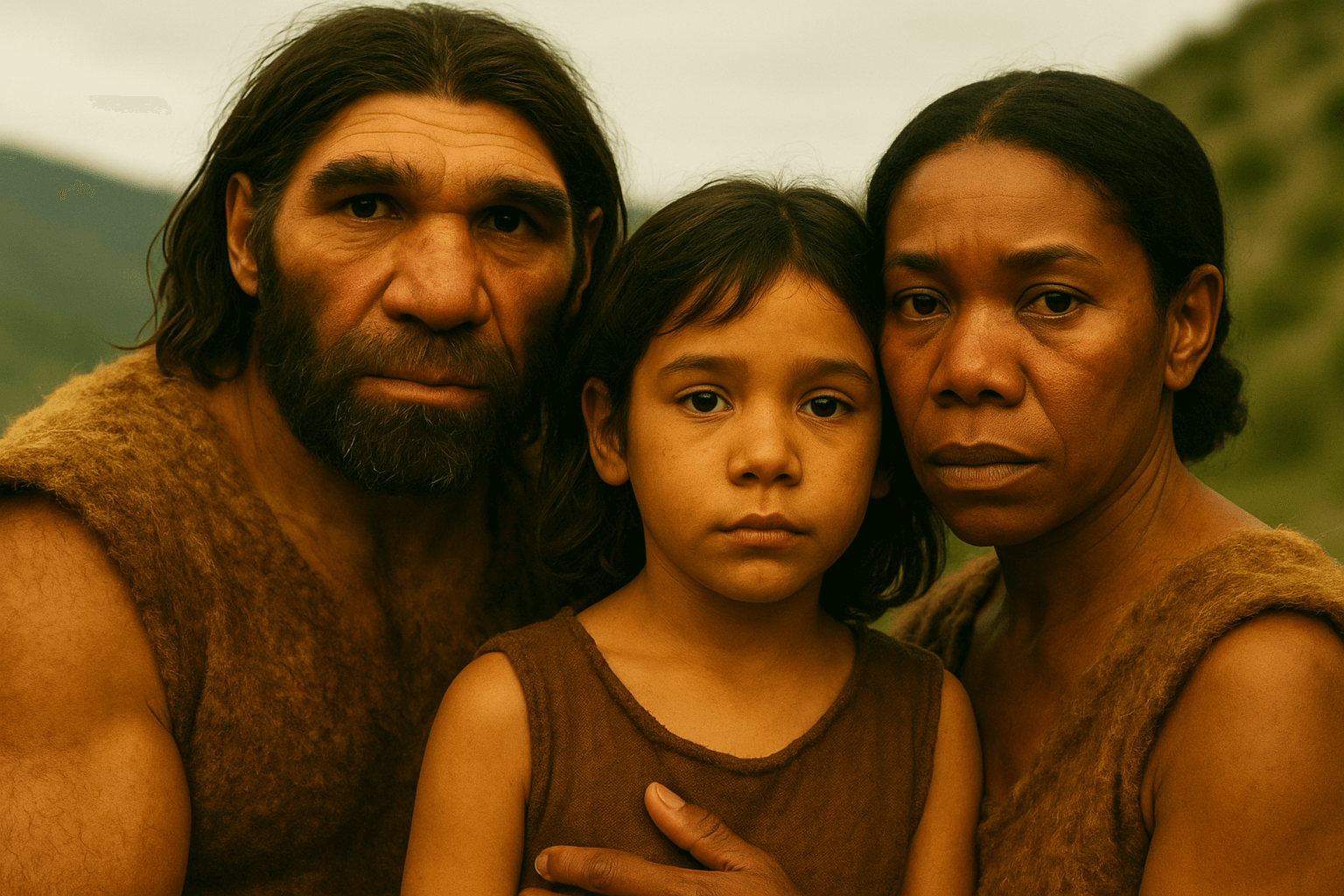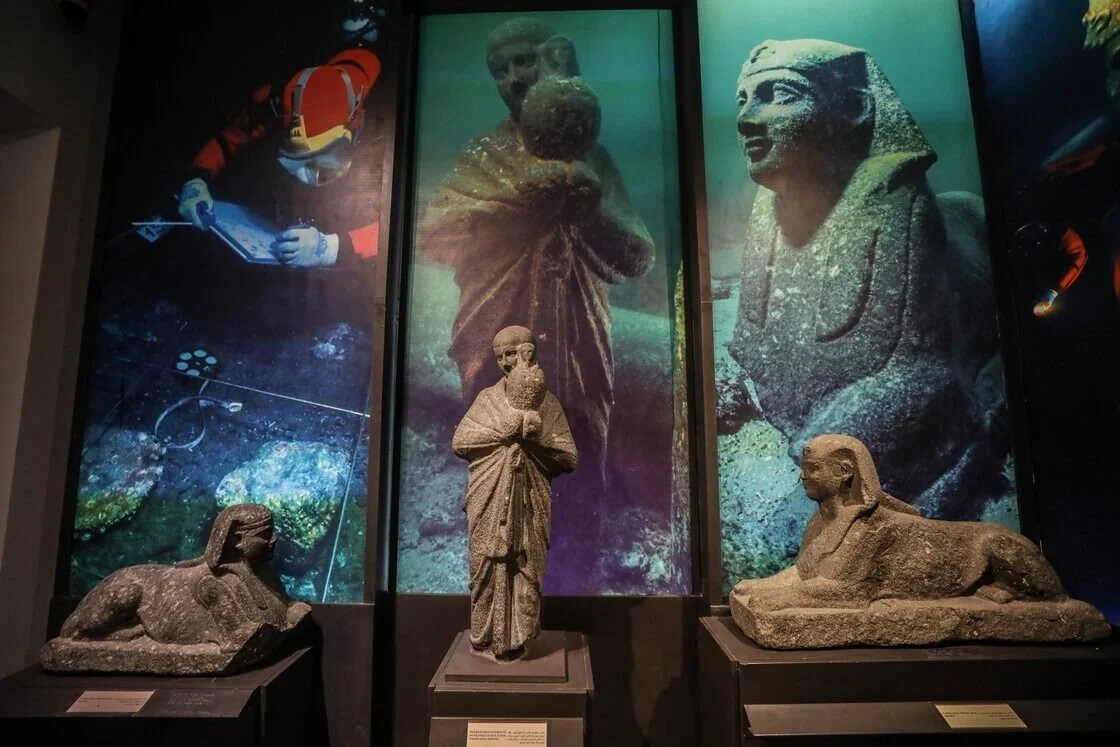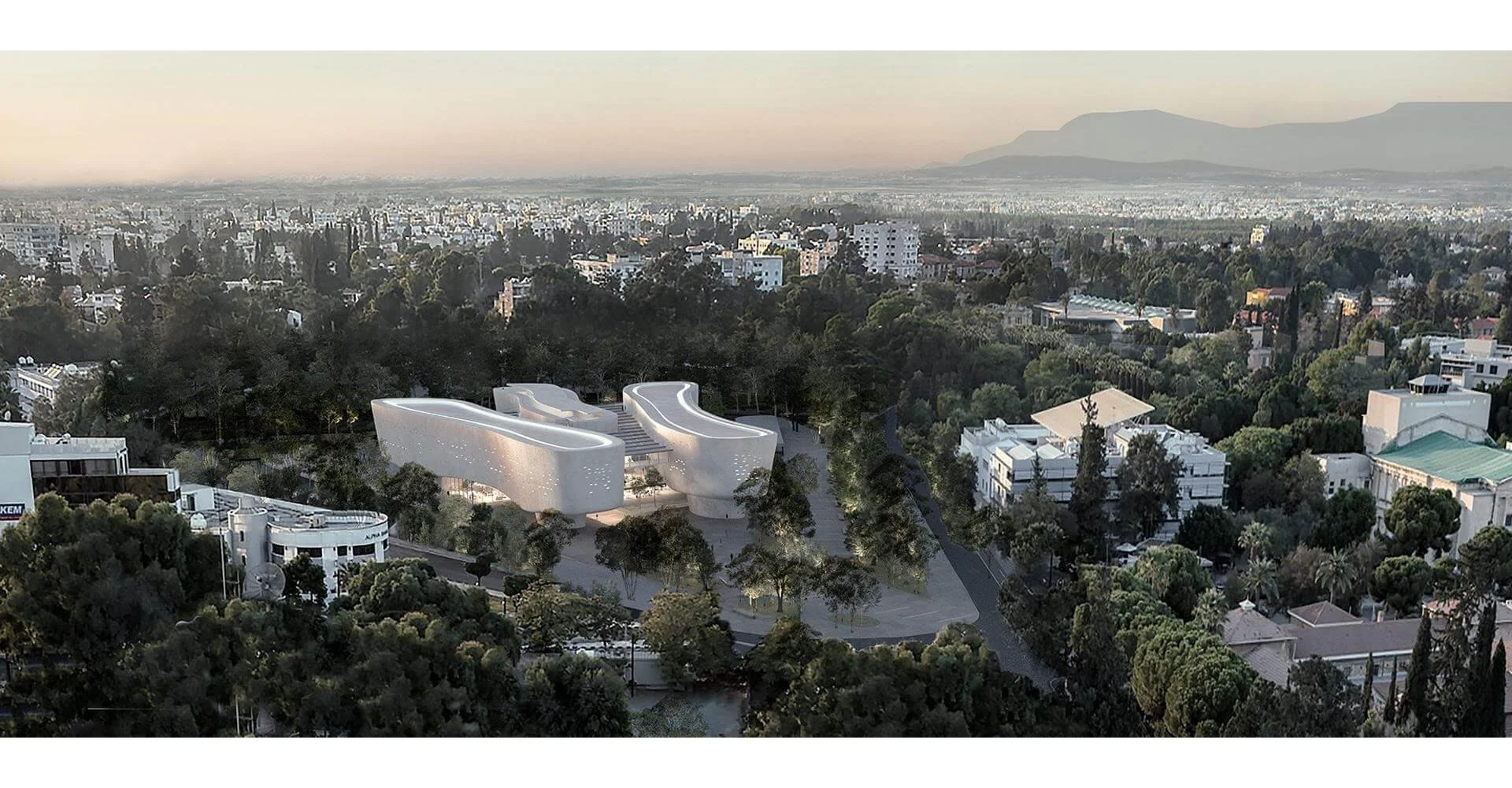Unfinished Wonders: In Zawyet el-Aryan, there are remains of two unfinished Egyptian pyramids (around 2700–2600 BC), the Layer Pyramid and the Unfinished Northern Pyramid.
The ancient wonders of Egypt have always captivated the imaginations of historians, archaeologists, and adventurers alike. While the iconic Giza Pyramids, like the Great Pyramid of Khufu, stand tall and well-preserved, there are lesser-known monuments that hold secrets hidden beneath their enigmatic structures. Among these mysteries are the Zawyet El-Aryan Pyramids, comprising the Layer Pyramid and the Unfinished Northern Pyramid, standing as silent witnesses to Egypt's distant past.
The Layer Pyramid
The Layer Pyramid, believed to have been constructed during the reign of Pharaoh Khaba in the Third Dynasty, dates back to approximately 2670 BC. While its core remains largely unexplored, the surrounding area boasts large mastabas, which are believed to have served as dwellings for high-ranking officials. This indicates the royal significance of Zawyet el-Aryan in ancient Egypt.
The Unfinished Northern Pyramid
The Unfinished Northern Pyramid, sometimes referred to as the Pyramid of Baka or Bikheris, is a testament to the remarkable architectural prowess of the Old Kingdom period. Archaeologists and Egyptologists suggest that this pyramid, a colossal structure, belongs to the early or mid-4th Dynasty, dating from 2613–2494 BC. Yet the identity of its builder remains a subject of debate among scholars.
One of the intriguing aspects of the Unfinished Pyramid is the presence of numerous inscriptions within its chamber and descending stairway, written in black and red ink. These inscriptions hold clues to the pyramid's owner, but the correct reading of the cartouche name presents a challenge. Various interpretations have been proposed, from Nebka to Seth-Ka, leaving us with a tantalizing mystery.
Egyptologists and historians continue to debate the dating of the pyramid of Baka. They point to several pieces of graffiti made of black and red ink, which were found in the chamber and in the descending stairway. Alessandro Barsanti recorded at least 67 inscriptions.
The main problem is the correct reading of the cartouche name found within at least six ink inscriptions. While the lower and therefore second hieroglyphic sign is certainly a Ka-symbol, the first sign is illegible. Unfortunately, the excavator, Alessandro Barsanti, made no facsimiles of the inscriptions and made rather slipshod handdrawings instead, so that the first hieroglyph remains indecipherable.
As a consequence, there are several alternative readings of the cartouche name: Kurt Sethe reads Nebka ("His Ka is the lord"), Jean-Philippe Lauer reads Bik-Ka ("His Ka is divine"), Peter Kaplony reads Schena-Ka ("His Ka is forceful"), and Gaston Maspero reads Nefer-Ka ("His Ka is beautiful or flawless"). Wolfhart Westendorf even proposes the depiction of a giraffe, an animal that was seen as wise and a bedizen with shamanistic powers.
Jürgen von Beckerath and George Reisner instead think that the pyramid was planned as the tomb for a well-attested prince of the 4th Dynasty named Baka, a son of King Djedefre. Aidan Dodson instead sees a sitting Seth-animal and therefore reads the name found in the pyramid as Seth-Ka ("Seth is my Ka").
Research history
The Unfinished Pyramid of Zawyet El-Aryan first garnered attention in the mid-19th century when German Egyptologist Karl Richard Lepsius documented it as "Pyramid XIII." Subsequent explorations by Italian archaeologist Alessandro Barsanti in the early 20th century uncovered the monumental scale of this structure, leaving an indelible impression on Egyptologists like Gaston Maspero.
The pyramid shaft was examined more closely in 1904–1905 by the Italian archaeologist Alessandro Barsanti. Gaston Maspero, then director-general of the Supreme Council of Antiquities of Egypt, visited Barsanti's excavations and was struck by the monumental size of the construction. He writes:
... I hope that the best informed amongst the tourists will come to admire the monument: the pleasure they will experience during this trip is worth the two or three hours it will take. At first, the immensity of the task undertaken by the Egyptians will not appear to them, it is only at the bottom of the stairway, when they will walk upon the granite pavement that it will become obvious. It is not that anything in particular when examined in details is remarkable or out of the ordinary, but the general feeling is one of those one never forgets. The size and richness of the materials, the perfection of the cuts and joints, the peerless finish of the granit sarcophagus, the boldness of structure and the sheer height of the walls, everything comes together to compose this so far unique ensemble. It is an awe inspiring shock and nowhere is the power and mastery of the old Egyptian architects so suddenly and strongly obvious as here.
Unfortunately, World War I and Barsanti's untimely death in 1917 halted further excavations, consigning the pyramid to obscurity until 1954. It was then that the pyramid's striking landscape was chosen as a backdrop for the film "Land of the Pharaohs," prompting the clearance of sand and rubble that had concealed the site.
The landscape of Zawyet El Aryan seemed to be the perfect place, and the pyramid of Baka was chosen as a backdrop for the movie. Consequentially, the shaft and its surroundings were cleared of the sand and rubble that had covered the area since Barsanti's excavations.
Superstructure and Substructure
The knowledge surrounding the superstructure of this pyramid remains exceptionally limited. Only the square base, hewn from natural bedrock, has been completed, measuring an impressive 200 meters by 200 meters (660 feet by 660 feet). There are faint remnants suggesting the presence of a surrounding pedestal, likely intended to support a limestone covering. Unfortunately, the exact dimensions and planned slope of the pyramid remain elusive due to the absence of covering blocks or the pyramidion, and it is worth noting that pyramid pedestals were consistently larger than the pyramid's base itself. This leaves room for speculation that the original design may have intended a notably smaller structure.
The substructure of the pyramid, on the other hand, presents a more detailed picture. It comprises a T-shaped shaft, with the corridor oriented from south to north and the chamber extending from east to west. Intriguingly, the entire shaft lacks any remaining ceiling, raising the possibility that it was never roofed. A steep stairway descends to the chamber, yet midway along its length, it encounters a horizontal surface of unknown purpose. The walls of the shaft are remarkably smooth but have never been adorned with stones, and regrettably, the chamber itself was left incomplete. Only the chamber's floor was fully realized and paved with massive granite blocks, each measuring 4.5 meters (15 feet) in length, 2.5 meters (8.2 feet) in thickness, and weighing up to an astonishing 9 tons each.
Within close proximity to the western extremity of the chamber, an unusual vat was unearthed. Sporting an oval shape, it was embedded into one of the stone blocks constituting the chamber's floor. The intriguing aspect is that this vat appears to have been brought into the chamber during the foundation's construction, as its dimensions render it impossible to pass through the passageway leading to the chamber. The presence of an intact oval lid suggests that the vat was sealed at some point. Although it's been reported by Barsanti that traces of a substance were discovered within the vat, regrettably, these substances were never subjected to closer examination and have since been lost to time. Furthermore, Barsanti claimed to have come across a damaged dedication tablet bearing the name of King Djedefre.
The alignment of the pyramid complex, intriguingly, bears a striking resemblance to that of the pyramid of Djedefre. It encompasses a vast enclosure wall measuring 465 meters by 420 meters (1,526 feet by 1,378 feet), within which one would expect to find a mortuary temple. However, the absence of any progress beyond the initial layer of the pyramid's construction has resulted in the surrounding complex remaining equally unfinished. As a consequence, there are no discernible traces of a mortuary temple, a causeway, a valley temple, or any other structures associated with ancient Egyptian religious and funerary practices.
Access to the Military Restricted Area of Zawyet el-Aryan Pyramids
Since 1964, the Unfinished Pyramid of Zawyet El-Aryan has been within a restricted military zone, prohibiting further excavations and leading to the unfortunate overbuilding of the surrounding necropolis with military structures. The shaft has even been misused as a local dump, casting uncertainty on its present condition.
Although Zawyet el Aryan is not an easy place to get to, some bespoke tour operators may offer guided visits. Only an 18 minute drive from the Great Pyramid of Giza, the Zawyet el Aryan Pyramids are a half hour drive out of Giza via the ring road and Route 75M.
The Zawyet El-Aryan Pyramids, particularly the enigmatic Unfinished Northern Pyramid, continue to baffle historians and archaeologists alike. While we may never decipher the true identity of its builder or unravel all its mysteries, these ancient structures stand as testaments to the enduring allure of Egypt's past.
In the shadow of the iconic Giza Pyramids, the Zawyet El-Aryan Pyramids remind us that the mysteries of history and archaeology are not limited to well-known sites but extend to the lesser-known, enigmatic gems that still hold secrets beneath the sands of time.

